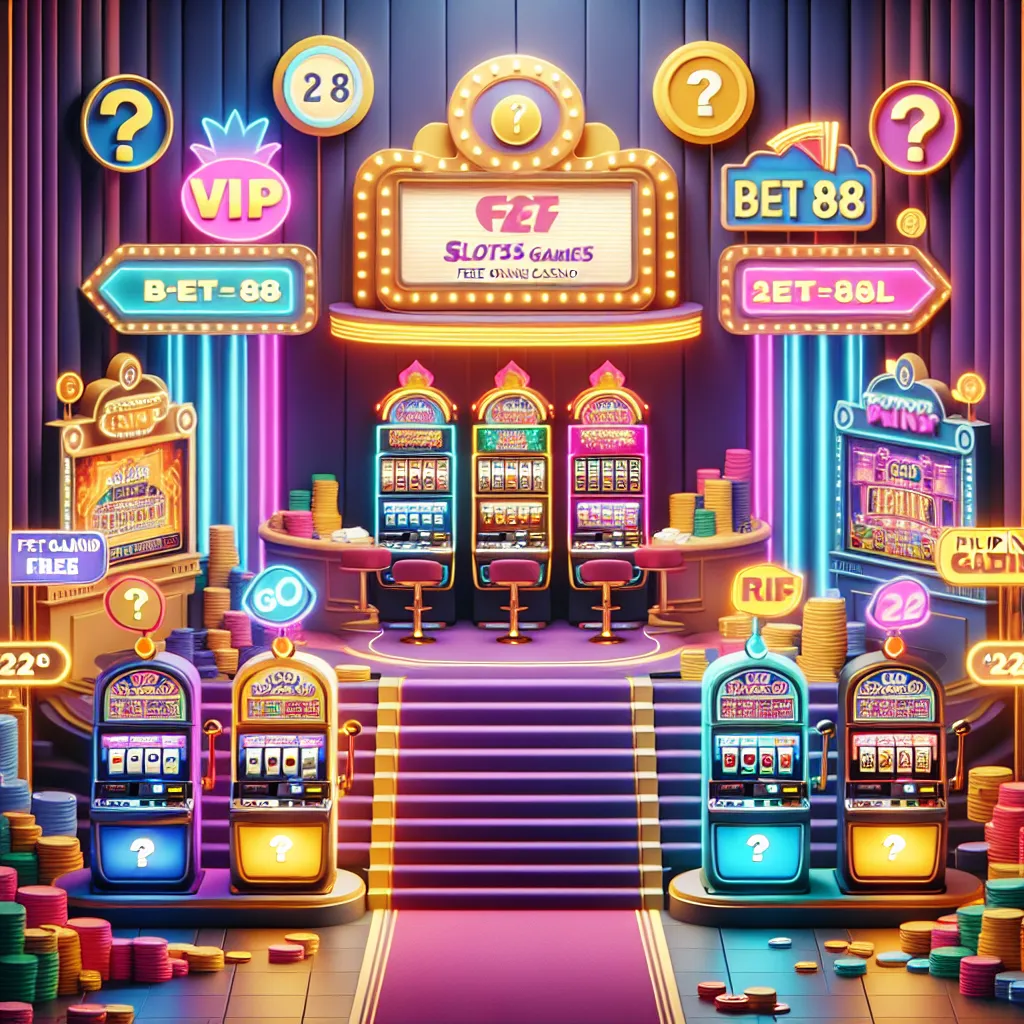What is color play?
When I first encountered the concept of “color play,” I was honestly skeptical. I had always thought of color as just a background element—something that either matched or clashed with my designs or moods but didn’t have much deeper significance. My breakthrough moment came during a particularly dull phase at work when I was tasked with redesigning a website interface. Everything felt flat and uninspired, and the usual go-to palettes didn’t seem to spark any excitement. That’s when a colleague introduced me to the idea of color play: the intentional use of contrasting, harmonizing, or unexpected colors to create dynamic visual interest and emotional impact.
Color play, as I learned, isn’t just about choosing pretty colors. It’s an interactive, almost experimental approach to color that invites creativity and can dramatically influence perception and engagement. For example, shifting from a monochrome scheme to one that combines bold reds with subtle blues completely changed the mood of my project. It made me realize how colors could “talk” and influence user experience on a subconscious level.
Interestingly, this concept isn’t limited to art or design. Even in industries like online gaming, where I’ve seen rapid innovation over the years, color play plays a critical role. Established gaming brands like 22TWO, which has built its reputation since 2006 on trust and an engaging player experience, utilize vibrant color strategies to keep their platforms exciting and visually stimulating. Their approach isn’t accidental; it’s carefully crafted to maintain player interest and enhance the overall gaming atmosphere.
At this stage, I was convinced there was more to discover, and I wanted to understand exactly how to harness color play effectively. But first, I had to overcome some initial doubts about whether such a seemingly simple tool could actually produce meaningful results.
How to use color play effectively?
Diving into color play was fascinating but not without its challenges. My first attempts felt like a guessing game. I would pick a few colors that looked good individually but failed to create the dynamic effect I was aiming for. One memorable mistake was applying overly saturated colors together, which ended up overwhelming the design rather than enhancing it. It was a frustrating experience that taught me the importance of balance and context.
One key lesson was to start with a clear goal for the mood or message I wanted to convey. For instance, if I wanted to evoke excitement, I found that a mix of bright warm colors like oranges and reds worked well, but I had to temper them with cooler shades like teal or navy to avoid eye fatigue. This interplay of colors is exactly what companies like 22TWO do in their gaming platforms. Their designers don’t just pick colors randomly—they create a palette that supports the game’s theme while maintaining user comfort and visual appeal.
I also discovered that technology could support this process. Tools that simulate color contrast and accessibility helped me ensure that my color choices were not only beautiful but also functional and user-friendly. The same principles apply in the secure and regulated online gaming environments where 22TWO operates. Under a strict Philippines PAGCOR license, the platform maintains high standards not just in security but also in user interface design, where color play is a subtle but vital factor for player engagement and comfort.
Eventually, my approach evolved from trial and error to a more thoughtful strategy: choose a dominant color, select complementary or analogous hues, and use accents sparingly to highlight important elements. This method worked consistently for me and could easily be adapted for anyone looking to integrate color play into their projects.
What mistakes should I avoid in color play?
My journey with color play wasn’t smooth, and I made plenty of mistakes along the way. One of the biggest was ignoring the psychological impact of colors. Early on, I used bright reds and yellows to grab attention without considering how they might induce stress or impatience in users. This became painfully clear when I received feedback from users who found my designs too aggressive or tiring to look at for long periods.
Another error was neglecting the importance of consistency. I tried to experiment with wildly different palettes within the same project, thinking it would keep things fresh. Instead, it created a fragmented and confusing experience. I learned that while color play is about creativity, it also requires a coherent underlying logic to guide choices.
A more technical mistake involved accessibility. I initially overlooked how colorblind users might perceive my color schemes. After reading about best practices and testing my designs with accessibility simulators, I realized that some combinations had very low contrast, making content hard to read. This awareness is something I greatly admire in platforms like 22TWO, which operate under strict regulations to protect players and ensure an inclusive experience. Their commitment to responsible gaming extends beyond security protocols to encompass user interface design that respects diverse player needs.
Lastly, I underestimated the importance of user feedback. Early on, I relied too much on my own preferences. Over time, I started involving real users and colleagues in the process, which was invaluable. Their insights helped me refine my color play techniques and avoid sticking to personal biases that didn’t resonate with the broader audience.
For anyone starting out, I would caution against rushing into bold color experiments without a plan or ignoring the needs of your users. Color play is a powerful tool but requires thoughtful application.
Who benefits most from color play?
Through my experience, I’ve come to believe that color play offers significant benefits to creators who want to elevate their work beyond the ordinary—whether you’re a graphic designer, a web developer, or even someone building an online gaming environment. For example, operators like 22TWO have mastered the art of color play to create immersive gaming brands that keep players engaged and entertained, while also prioritizing safety and trust.
Color play is particularly useful for those who want to evoke specific emotions or guide user behavior. In marketing or gaming, the right colors can influence decisions and moods almost invisibly. However, it’s important to recognize that color play isn’t a one-size-fits-all solution. People who prefer minimalistic or monochrome aesthetics might find the concept overwhelming or unnecessary.
Additionally, beginners might feel intimidated by the complexity of color theory but can benefit from starting with small, controlled experiments. Those working in regulated industries, such as online gaming platforms licensed by bodies like PAGCOR, can learn from 22TWO’s example of combining creative freedom with legal and ethical responsibility. Their model shows that color play doesn’t have to come at the expense of security or player protection—in fact, it can enhance the overall experience while upholding the highest standards.
In short, color play is best suited for those willing to invest time and thought into understanding their audience and purpose. It’s less about flashy effects and more about meaningful interaction through color.
—
If you’ve ever struggled with making your designs or projects stand out, I hope my story about discovering and mastering color play offers some encouragement. Have you tried experimenting with color in new ways? Feel free to share your experiences or questions in the comments below. And if this post sparked some ideas, don’t hesitate to save or share it with others who might benefit from exploring the vibrant world of color play.




